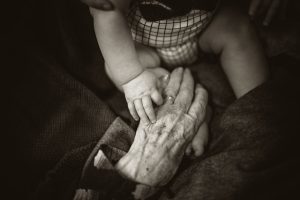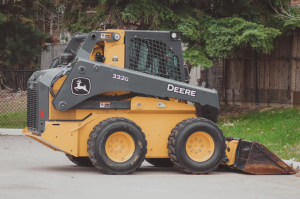The Unknown Dangers Of A Crowd

Football matches, stadium gigs and other celebrations are all great occasions, but it’s important to remember that when there’s a large number of people gathered they create a crowd. Although you probably don’t ever think about it, crowds can be in certain circumstances incredibly dangerous, so it’s important that you’re aware of the dangers to keep yourself and others safe. Crowds can induce hysteria, and when this happens – suffocation and trampling can occur. All crowds pose a potential threat, and usually the safer the crowd the worse it can be; crowds can become a fluid movement that can crush people and throw them in the air.
Oasys Software, who produce pedestrian modelling software to assess motion within crowds, are invested in the safety of crowds, as architects need this type of information to design structures that are safe. Event organisers are legally required by the government to ensure the safety of crowds who attend an event. The dangers of crowds can include:
- Crushing between people.
- Crushing against fixed structures such as barriers.
- Trampling
- Surging, swaying or rushing.
- Aggressive behaviour.
- Dangerous behaviour such as climbing on equipment or throwing objects.
How and why is a crowd dangerous?
Surprisingly, trampling is very rarely the cause of death when a disaster occurs in a crowd. Movement that is on mass can exert 4,500 Newtons, or 1,000lbs, so it’s the force of others pushing forward that is more dangerous. Safety railings can become dangerous obstacles during a disaster, as they can be bent by the force of a crowd, which leads to injury. Levels of pressure of this kind can cause something called asphyxia, which is a type of suffocation resulting from exerted pressure placed upon the chest.
Commonly known as a ‘stampede’, this is not the main cause of this type of crush. Rather, it is usually caused by trips and falls within the crowd itself. This causes a delay in the crowd’s movement, and once this has happened there isn’t enough room for everybody to continue pushing forward – causing pressure exerted onto the chest. This usually happens when there is six or more people per square people within the crowd.
Commonly known disasters
The Ibrox disaster in 1971 killed 66 people and was a clear demonstration of how when one person trips, a whole crowd can become victim to a disaster. This was started possibly by someone tripping on a stairwell, which resulted in people pushing and crushing others from the rear exit to the stairwell. This unfortunately led to asphyxia of the chest.
As well as crowds crushing others being the main cause of death, it is also the crowd’s reaction that holds influence. However, this should not be confused with panic – as panic is clearly an understandable reaction. In 2003, a crowd was crushed when people were attempting to escape pepper spray that was being used to break up a fight. During this crush, 70 people were killed.
Crowd accidents can also occur when people are trying to gain something whilst in a crazed state; for example, in 1990 1,426 people were killed when pilgrims attempted to cross through a 500-metre-long tunnel from Mecca to the tent city of Mina to reach their holy land, a clear example of how a crowd can occur when it is apparent that nothing has been the established cause of the disaster.
When the ‘head’ and ‘body’ of a crowd can’t communicate properly, this is when disasters can also occur – as the crowd can’t work together to get themselves out of a dangerous situation. When in the rear of the crowd, people still tend to push forward even when those at the front can’t communicate their distress. When the head of a crowd begins to collapse, this creates the illusion of movement for people at the back, so the ‘body’ of the crowd continue to push.
Remember, disasters are very rare occurrences within crowds, so it’s important to remain calm to make sure that everyone in the crowd remains calm and ensures the safety of themselves and others.





